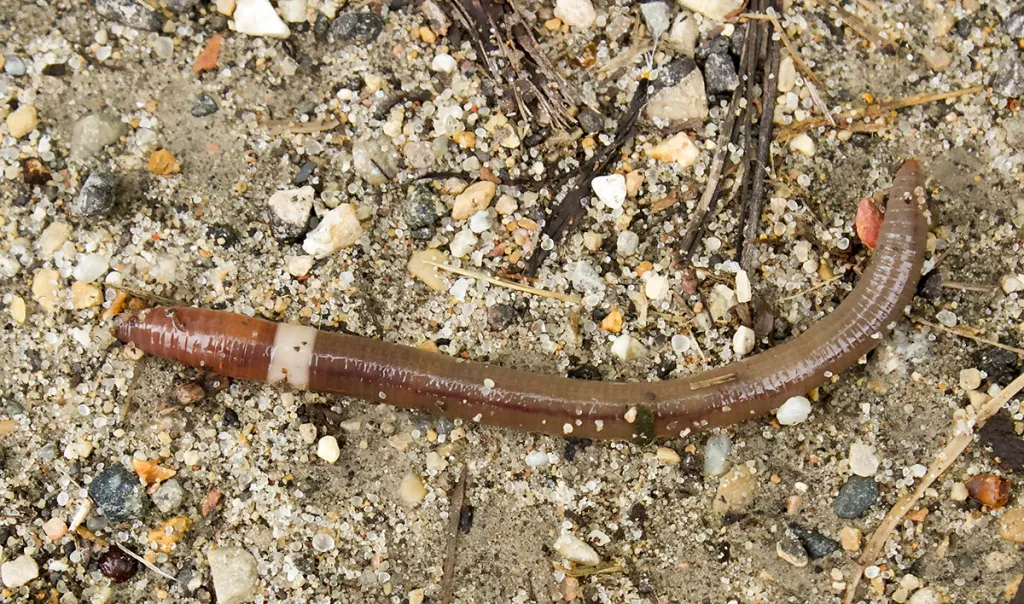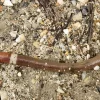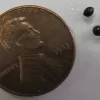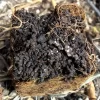X
CONTACT US
Great Lakes Center, SAMC 319
SUNY Buffalo State
1300 Elmwood Ave., Buffalo, NY 14222
wnyprism@buffalostate.edu
(716) 878.4708
SUBSCRIBE TO LISTSERV
FOLLOW US
CONTACT

Adult Jumping Worm. The smooth clitellum or band distinguishes it from other earthworm species. Photo Credit: Susan Day, UW Madison Arboretum.
Jumping Worms
COMMON NAME:
Jumping WormSCIENTIFIC NAME:
Amynthas spp. and Metaphire spp.ORIGIN:
East AsiaDESCRIPTION:
Jumping worms appear similar to the common European earthworms with a few distinct differences. The narrow band (clitellum) of a jumping worm is smooth to the body, unlike most other species that have a raised clitellum. The body of the worm has a metallic brown hue and can measure up to 8 inches long. The most distinctive trait is the jumping worm’s crazy behavior, thrashing wildly when held.HABITAT:
Jumping worms can colonize landscape environments, forest understory and in compost piles. They are very likely to be found on the soil surface and in the leaf litter.THREAT:
This species consumes the organic matter in soil that supplies nutrients to native plant species. The soil disruption caused by this species leaves soil grainy and damages plant root structures. Studies have found that in areas of heavy infestation, native plant, soil invertebrate, salamander, and bird populations decline.MANAGEMENT:
The best management plan we currently have is prevention. Do not buy or transport jumping worms for use in composting, fishing, or gardening. Transporting soil, mulch and plants from contaminated areas can spread jumping worm cocoons to new areas.
SYMPTOMS:
Infected soils will become grainy and full of worm castings. The soil will take on a grainy appearance similar to dried coffee grounds.
WNY PRISM PRIORITY:
WNY PRISM Priority
Tier 3 - Containment
NYS Invasive Species Tiers Chart - Tier Definitions
ADDITIONAL RESOURCES:
Additional Resources:
Cornell Cooperative Extension: Jumping Worm Fact Sheet
Wisconsin Department of Natural Resources: Jumping Worm
National Park Service: Species Spotlight
NYS Prohibited and Regulated Species - Part 575:
PATHWAYS OF INVASION:
Pathways
The jumping worm was introduced to the southern United States in the late 19th Century likely on imported plants or other horticultural materials. This worm species can reproduce without mating and transportation of just one individual can result in a new population. Their spread is enhanced through horticultural exchange and in their use as bait.
REGIONAL DISTRIBUTION:
Regional Distribution
Scattered




